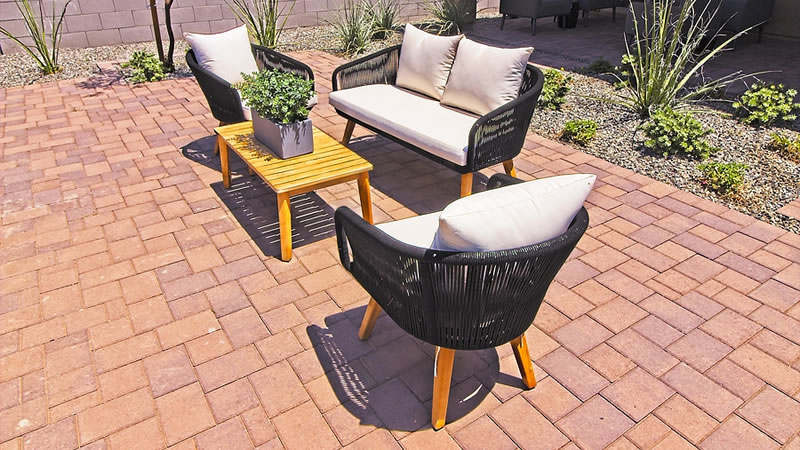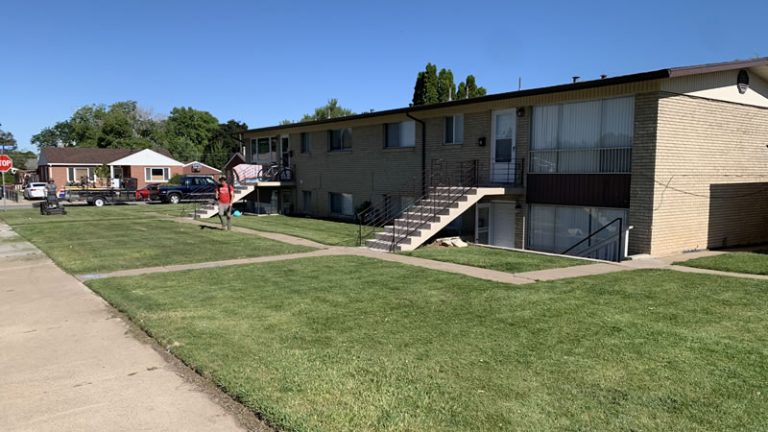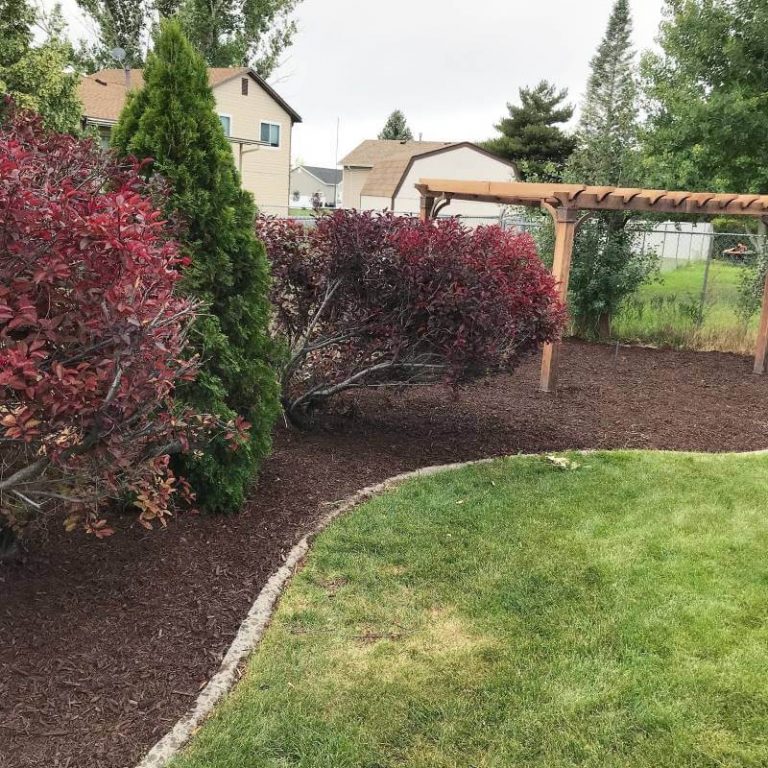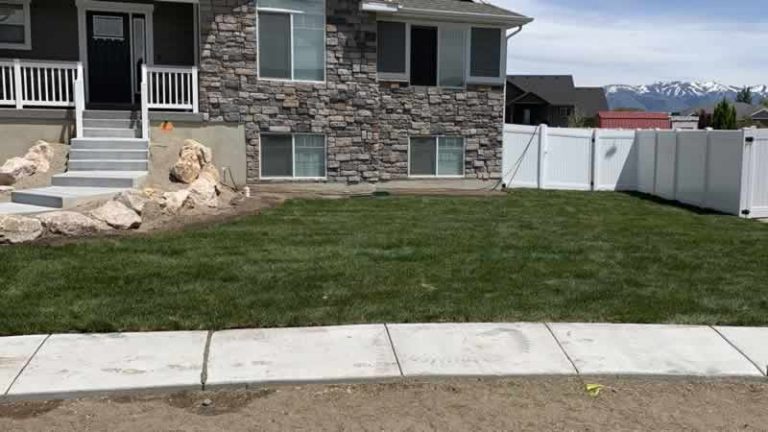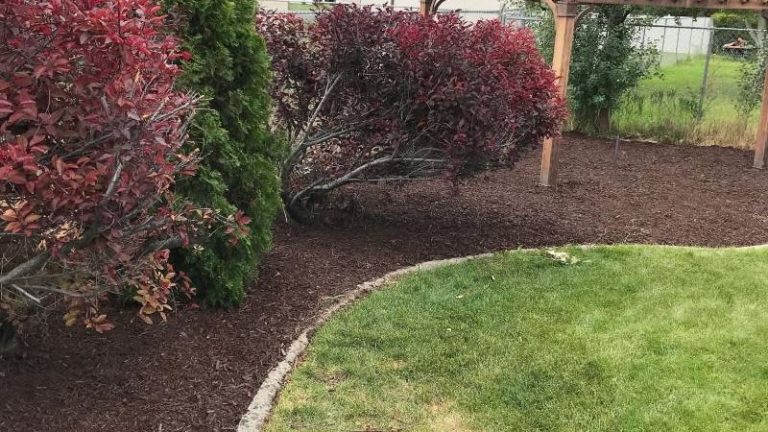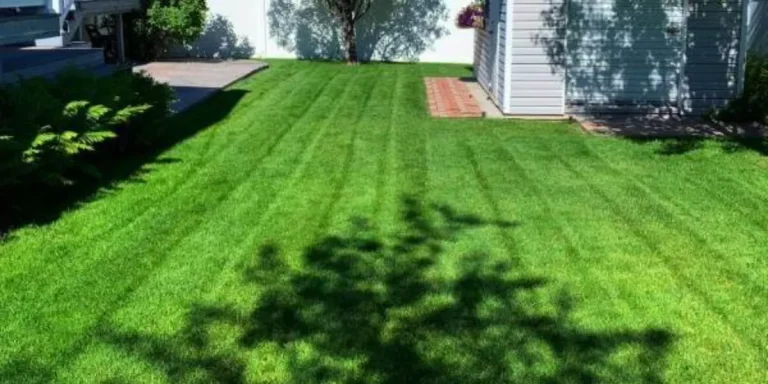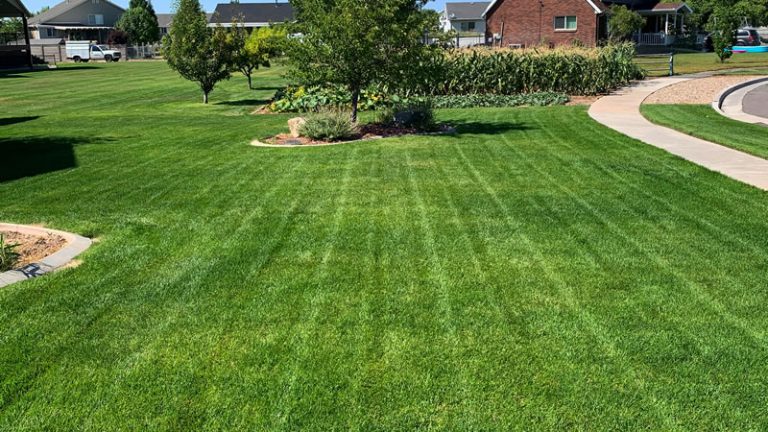How To Properly Maintain Your Brick Or Paver Driveway, Walkway, Or Patio
Maintaining Your Brick or Paving Stone Hardscapes
It sure looks beautiful but are you ready for the maintenance?
A brick or paving stone driveway, patio or walkway looks beautiful the first few years after it’s installation but if it’s not maintained and cleaned regularly then it can quickly start to look like an ancient overgrown road with moss and algae on the pavers themselves and weeds and other organics growing up in between them.
The good news is that paving stone driveways and patios can be restored to their former glory, the bad news is there is quite a bit of labor and additional costs involved if you want to do this properly.
Power Washing The Brick or Paving Stone Surfaces
Getting your pavers back into shape starts with a good power washing of the surfaces using a proper surface cleaner. It’s important to use a surface cleaner because it will evenly distribute the water pressure (you don’t want to damage the pavers). This process is going to remove all of the dirt and grime from the bricks or pavers and it’s also going to remove most, if not all of the sand and other debris that is in between the joints of the paving stones.
This sand must be replaced with either a regular landscaping type sand (an OK choice but not the best) or you can replace it using polymeric sand (the better choice) and there are advantages and disadvantages to each option.
Using Regular Sand Between The Bricks/Paving Stones
Using regular sand is certainly more cost effective but that’s about it… Regular sand will not stop the weeds from growing up between your pavers as it doesn’t develop a hard surface like the polymeric sand will. Regular sand also will not prevent ants from burrowing under the cracks between your pavers as these are havens for ant colonies.
If you choose to use regular sand this is a project you’ll be doing annually as storm water and wind will wash and blow the sand away quite quickly. Another thing to keep in mind is that you’ll continually be sweeping sand off the driveway and tracking it around your house and property.
If you have a large, beautiful, brick or paving stone driveway or patio and you care about it’s appearance then don’t choose regular sand. You’ll be much happier with the results of polymeric sand, as described below.
Using Polymeric Sand Between The Bricks/Paving Stones
Polymeric sand is a blend of properly graded fine sand and a binder compound (polymer) that is specially formulated for filling in the joints between bricks, pavers and natural stones for hardscapes such as patios, driveways and walkways. Polymeric sand was invented by Techniseal in 1999, and it has improved the installation and maintenance of brick and stone hardscapes.
After the paving stone surfaces have been cleaned with a power washer it’s best to let them dry completely before applying the polymeric sand. If it’s wet out and you try sweeping the sand into the cracks it just creates a big mess and takes longer. This process is best done on a nice day when the driveway is DRY but only AFTER it’s already been power washed. You do not want to apply the sand and power wash after as this will be a complete waste of some very expensive sand!
After the polymeric sand has been carefully swept into the cracks between the bricks or paving stones and compacted, the driveway can be sprayed down with water. The water will be absorbed by the polymeric sand and it will then harden in between the cracks. The hardened sand will resist weed growth in between the paving stones for quite some time, will help hold the bricks in place, and it also helps stop burrowing insects from making nests under your paving stones.
How Do You Stop Weeds From Growing Between Your Brick or Paving Stones?
Weeds and moss growth in between bricks and pavers is an on-going problem for many homeowners in Utah. It’s unsightly and takes away from your homes curb appeal. Polymeric sand is the fix!
When applied properly (avoiding the mistakes listed below), polymeric sand will set into a rock hard surface in between your paver joints that will inhibit weed, moss and algae growth for 3-5 years.
The elements like rain and hail and the regular wear and tear from use such as driving vehicles over the surface regularly will slowly break the polymers in the sand down and it will eventually need to be replaced again after a few years.
Using good quality polymeric sand and adhering to installation best practices will ensure you’re polymeric sand installation lasts as it should.
Don’t Make These Mistakes Installing Polymeric Sand On Your Paver or Brick Hardscape
The installation of polymeric sand is not rocket science, but there is a strong connection between installation quality and how long the product is going to last. With the added cost of the sand and the labor required to install it you probably want to get this right, or at least make sure the contractor you’ve hired knows what they are doing.
1. Don’t Buy The Cheapest Sand You Can Find! – At one point in time (back in the 1990’s), there was only 1 player in the Polymeric Sand game and that was Techniseal. Now there are dozens of options when it comes to polymeric sand but it’s important to know they are not all created equal. If the sand you’re choosing is the cheapest option ($8-$15 per bag) it’s a pretty good chance they’ve used “portland cement” which keeps costs down and also helps speed up the set up time (hardening time). While that might sound like a good thing, it’s not! Polymeric sand that uses portland cement also typically uses lower quality polymers that can leave a haze on your pavers that is difficult to clean once it’s set.
Choose a high quality polymeric sand that uses high quality (clear) polymers and avoid polymeric sand that contains portland cement. Choosing a good quality polymeric sand will make it easier to apply and you’ll end up with a much cleaner finished look. High quality polymeric sand can go for $20-$40 per bag and the coverage area differs.
There are several local suppliers of Polymeric sand from various manufacturers. Go for the best you can afford.
2. Not Compacting The Polymeric Sand – When polymeric sand is swept into a joint it doesn’t mean the sand has “settled”. If the polymeric sand hasn’t been compacted there will be air pockets and small voids within the joints. This weakens your joints and makes them more susceptible to cracking.
After the polymeric sand has been swept into all of the joints between bricks or pavers then it must be compacted. For the best results a compactor should be used on the driveway as the added weight and vibration really helps to compact the sand and make for a tightly compacted joint that will last much longer.
If you have expensive paving stones or bricks it’s also a good idea to place a layer of very thin plywood, or even a piece of carpet underneath the compactor just to protect the surface of the pavers from damage.
If your quote for polymeric sand installation doesn’t include compaction of the sand you might not be happy with the results.
*Pro Tip – Using a leaf blower on the hardscape surface after sweeping the sand into and compacting the joints is a great way of quickly clearing all of the sand from the surface of the pavers or bricks. This will ensure the pavers have nice clean, smooth surfaces and all of the polymeric sand remains inside the joints where it belongs.
3. Using Too Much or Too Little Water – In order for the polymeric sand to “set” correctly it must be drenched with water so the polymers can do their work. If you use too much water you can risk washing away much of the sand and polymers, creating a big mess you’ll need to clean up. If you don’t use enough water during this process then the polymeric sand will not form a very tight bond and you’ll be left with fragile joints between the pavers.
A fine spray or mist of water is all that is needed to drench the joints. Apply water until the water just begins to pool on top of the joints, at this point stop watering and allow the water to soak into the joints. This process might have to be repeated a few times depending on the size and depth of the joints between your pavers or bricks. You can always dig out some of the sand in an out-of-the-way area to see how deep the water is penetrating and then replace the sand of course.
4. Don’t Apply Polymeric Sand If There Is Even a Slight Chance Of Rain – Rain is the arch enemy of “unset” polymeric sand. If rain shows up before, during or just after the installation of polymeric sand you’re going to be in for a giant mess! The rain drops will splatter the sand all over your pavers and because they are now wet, the polymers in the sand will bond to your pavers and they become very difficult to remove.
You want the polymeric sand inside the joints, not all over the bricks. Ideally polymeric sand is something you should apply when there are a few sunny days in the forecast during and immediately after the completion. If a shower happens to show up, the area in question should be covered with a tarp or plastic sheeting. This is easy if you’re working on a small back patio or a walkway but much more complicated if the project is a driveway!
Hansen and Sons Can Install Polymeric Sand After Power Washing Your Brick or Paver Hardscaping
When you choose Hansen and Sons to power wash and install polymeric sand on your brick or paving stone hardscape you’re partnering with a small local company that understands the process and how to do an excellent quality job.
You’ll have the peace of mind knowing your brick or paver hardscape has been power washed with care and the polymeric sand will be installed correctly so you can enjoy it’s maximum service life.
If you’d like to receive an estimate from Hansen and Sons to power wash and install polymeric sand on your brick or paving stone hardscape please give us a call (801) 698-0309 or fill out our contact form and we’ll be getting right back to you.

